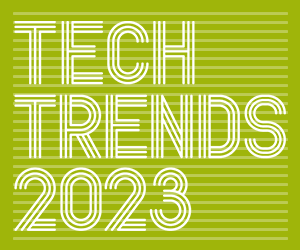What Is HCI and How Does It Compare with Cloud?
Hyperconverged infrastructure is a software-defined approach that unifies key components including storage, computing, networking and management. It essentially allows companies to manage multiple infrastructure functions from a single control panel.
HCI and cloud also share the same core process of virtualization. By creating virtual representations of servers, storage architecture and network connections, cloud services and HCI solutions allow companies to easily manage and scale their IT environments.
The difference between HCI and cloud is their location. While HCI deployments are primarily on-premises, cloud solutions leverage offsite resources. As a result, clouds often outpace HCI when it comes to add-on services. So, if companies need new applications or tools, they are simply adding to existing frameworks for an additional cost.
HCI solutions, by contrast, excel at data protection and data management. Since hardware is on-premises and under direct IT control, companies benefit from increased visibility and data security.
DISCOVER: Find out how HCI helps organizations do more with less.
HCI or Cloud? A Case-by-Case Approach
HCI and cloud fill different roles in the IT environment. As a result, it’s not about replacing HCI with cloud or avoiding cloud for HCI: It’s about matching the technology to the use case. For example, HCI offers streamlined management of large data sets and lays the groundwork for companies to shift specific pieces of their infrastructure into the cloud. Cloud computing also makes it possible to handle rapidly growing data sets.
Another difference is cost. Many companies have adopted cloud-first strategies because of the low upfront costs. In the cloud, businesses don’t pay for hardware or maintenance, only for resource consumption.











